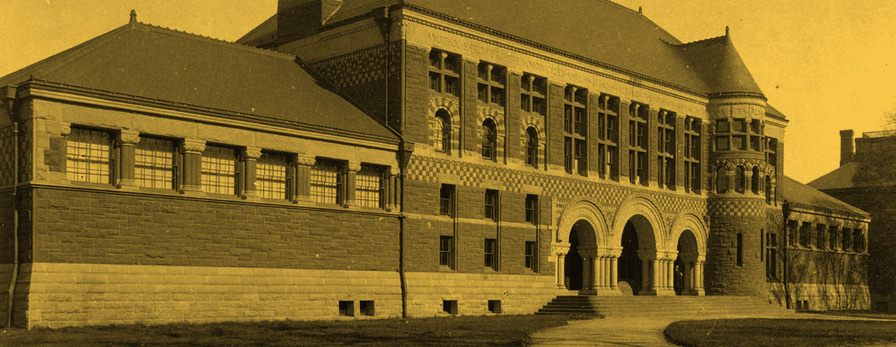Colleges and universities have become increasingly reliant on revenue streams from faculty research and corporate activities. This reliance has increased the need to recruit and retain industry-leading professors for research. Holding salaries constant, using the 2010 Higher Education Price Index, faculty members with the rank of Professor increased from approximately $60,000 in 2002 to greater than $100,000 in 2010. Additionally, the gap between Professors and Associate Professors (next highest in rank) increased from $16,656 to $29,558. Instructors and lecturers remained the lowest-paid instructional members but increased at similar rates to one another.
Average Faculty Salaries by Faculty Rank – (Constant 2010 Dollars)

Conversations on faculty compensation also center on the differences between males and females. Looking at compensation increases between 2002 and 2010, female faculty overall experienced a slightly higher compound average annual growth rate—5.58% to 5.50%—compared to their male counterparts. While males experienced a higher growth rate within the rank of Professors, female faculty members experienced their largest gain in the rank of Assistant Professors —the rank in which the largest number of faculty members was hired in recent years.
Average Annual Growth Rate of Faculty Salaries by Faculty Rank and Gender – (Constant 2010 Dollars)
| All Faculty | Professors | Associate Professors | Assistant Professors | Instructor | Lecturer | No Rank | |
|---|---|---|---|---|---|---|---|
| Male | 5.50% | 5.78% | 5.44% | 5.48% | 5.35% | 5.67% | 5.33% |
| Female | 5.58% | 5.61% | 5.42% | 5.57% | 5.37% | 5.64% | 5.27% |
The competitiveness of institutions has led to an increase in the overall compensation of faculty members. Additionally, there appears to be evidence that the compensation gap between male and female faculty members may be decreasing—except within the rank of Professor.

